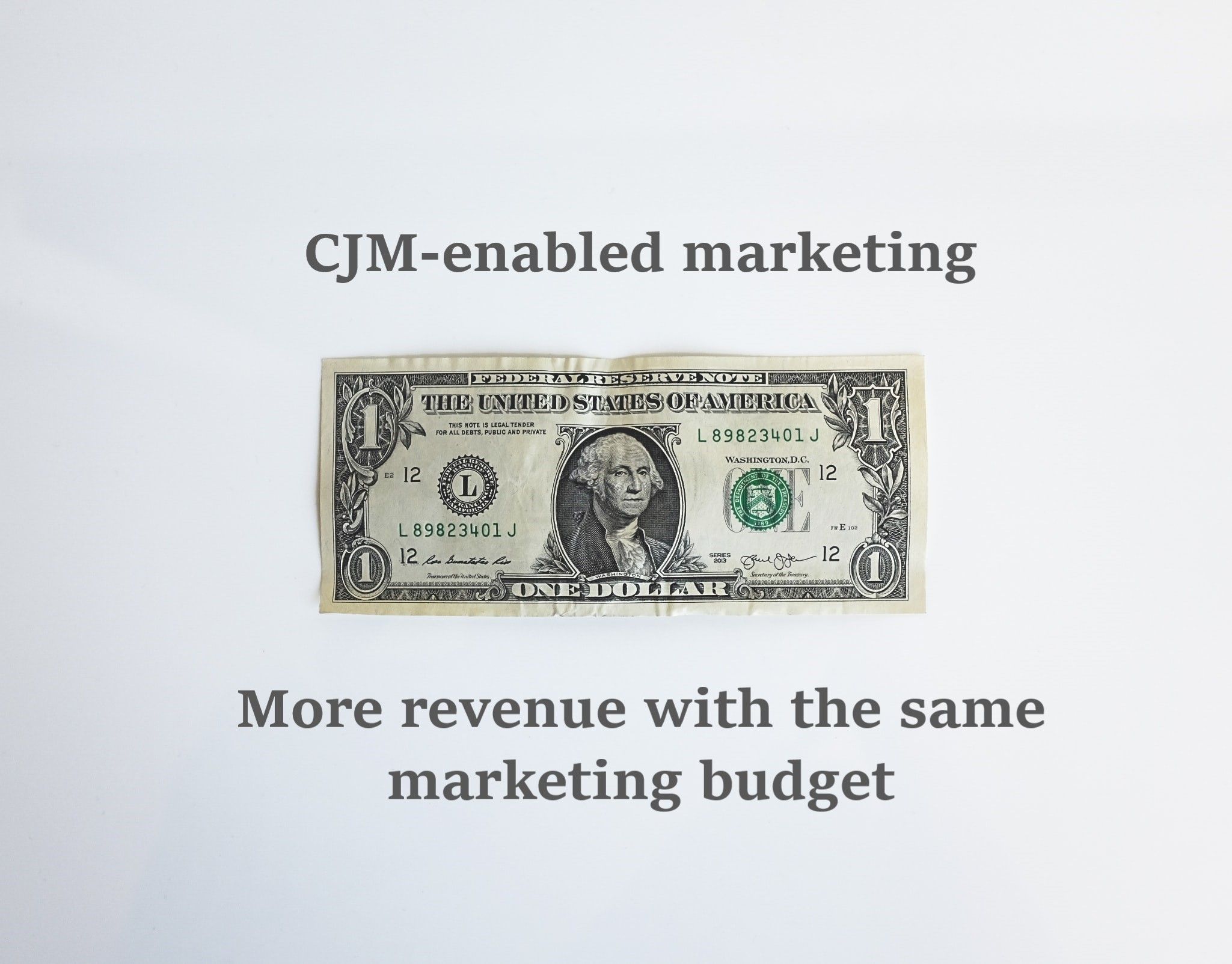Higher eCommerce Revenue with the same Marketing Budget
Speaking about revenue growth with the same level of costs most of the marketers mean to purchase more relevant leads at a reasonable price. The explanation is obvious: lead generation is a straightforward method of increasing revenue in comparison to other methods.
Let's remind the three ways to increase ROMI from marketing expenses:
- Lead generation
- Conversion rates and user engagement
- Retention
The lead generation is quite overheated last year, especially in some of the segments, where lead price has grown up to 5-8 times. The reason is simple - eCommerce growth for the last “Covid-19 year” of lockdown took the pace equal to the last 10 years of market development. The competition has increased at times. The cost of attraction will never be the same

Let's look at a case with a mobile application traffic conversion.
Our client has been launching the new EduTech application. The issue is how to learn what source of traffic will be more convertible in a client? And another one - is our application performing well enough for first paid traffic?
Solution. The client, using the Insightarc Customer Journey discovery and pitfalls localization solution, reviewed how deeply users review the content branches. The two insights were founded without marketing budgets scaling.
Two of three paid traffic sources were irrelevant, delivering traffic with low product engagement - 50% of the budget was rebalanced towards more convertible sources.
The technological issue that was pushing users to leave the application was discovered.
Obviously, the sufficient depth of the application's content browsing, means the users are involved. And opposite, if the depth is low - one-two clicks of content browsing, this is a sign of bad application performance or low traffic relevancy.
In other words, how the acquired user traffic is relevant to your product, SaaS, or eCommerce content. This is an example of customer journey-enabled marketing.
This task is impossible to resolve by standard dashboards - the data is dynamic and the column-based representation can't show the nature of user interaction per target, especially on the large data sets.
Outcomes
Just in that case example, the client cut off the irrelevant sources of traffic, saving thousands of US dollars for the startup. And at the same time, we found a problem with the sign-up when due to a technical problem 80% of the traffic fell off at the entrance to the product.
Just take a look at the customer journey using attributes like data sources, user platforms (iOS, Windows, Android, etc.), or other relevant indicators. This would be more insightful to discover how users interact with your content or product. Applying customer journey discovery and visualization tools marketer or product manager can discover disabled product functionalities or UX issues by looking at them from "users' eyes".

That job of customer journey discovery, visualization, and analysis should be included in the marketing stack of every data-driven marketer. The good news is that this work can be automated with Insightarc - customer journey intelligence SaaS.
10 Must-Have Tools to Skyrocket Your Ecommerce Conversion Rate Optimization!
And the modern way to avoid this manual analysis with behavioral AI
Increase Your E-commerce Conversion Rate by 10% - Discovering Hidden Customer Journey Issues
Simple steps to understand what does not works and what could be automated
Customer Journey Mapping for Conversion and Revenue Increase
The product that will make your job more effective